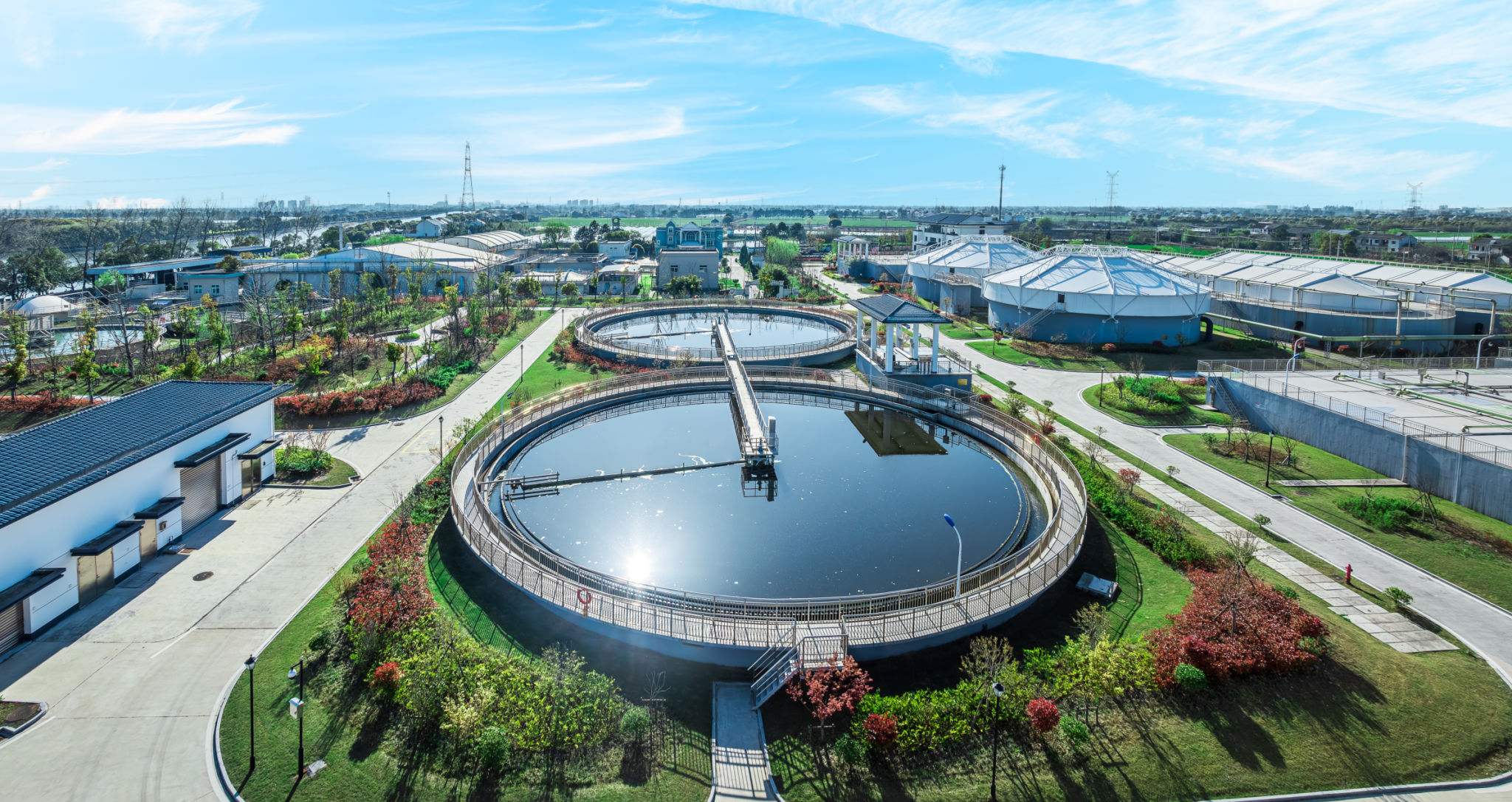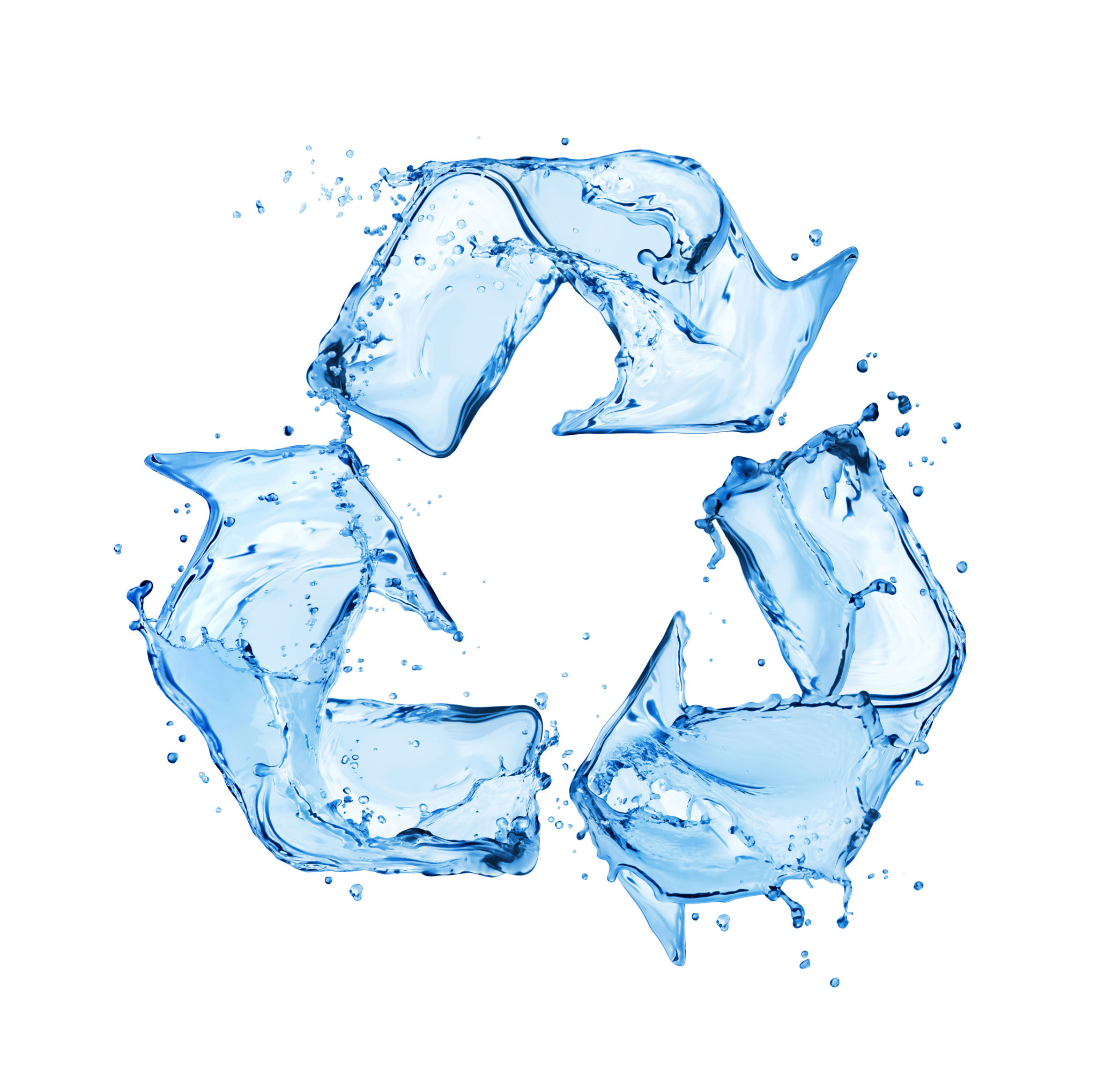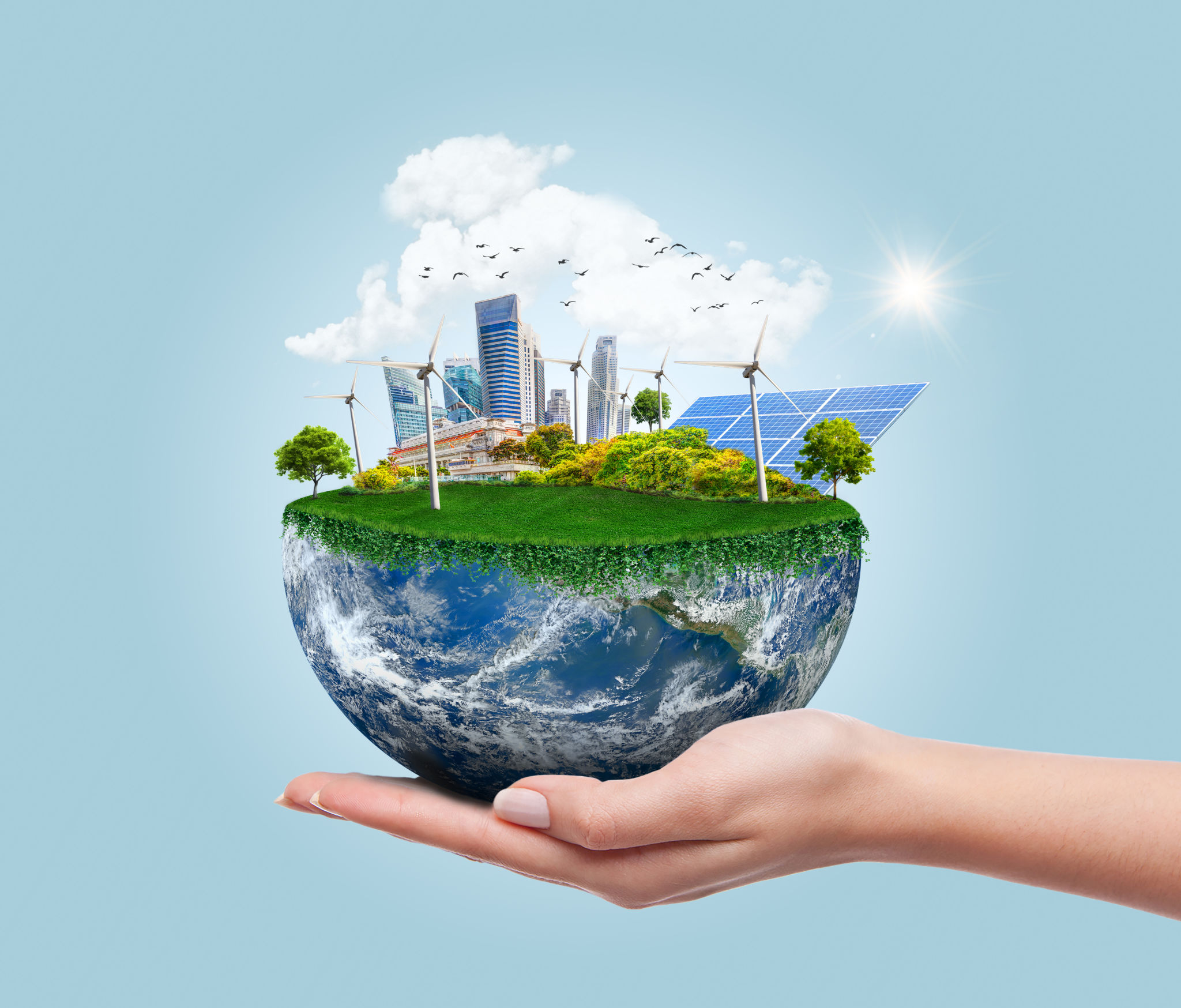Busting Myths: Common Misconceptions About Wastewater Treatment
Understanding Wastewater Treatment
Wastewater treatment is an essential process for maintaining public health and protecting the environment. However, various misconceptions about its procedures and effectiveness can lead to misunderstandings. By addressing these myths, we can better appreciate the importance and efficiency of wastewater treatment systems.

Myth 1: Wastewater Treatment Plants Eliminate All Pollutants
A common belief is that wastewater treatment plants (WWTPs) remove all pollutants from water. While these facilities are designed to significantly reduce contaminants, they do not eliminate every single impurity. The primary goal is to reduce pollutants to safe levels, making the water suitable for release into the environment. Advanced treatment processes can further polish the effluent, but complete elimination of all substances is not feasible with current technology.
It's important to recognize that WWTPs are continually evolving to address emerging contaminants through innovations and stricter regulations. However, the responsibility of maintaining water quality extends beyond the plant, involving community awareness and sustainable practices.
Myth 2: Treated Wastewater is Not Safe for Reuse
Another misconception is that treated wastewater is unsafe for any form of reuse. In reality, treated wastewater, also known as reclaimed or recycled water, can be safely used for various non-potable applications. These include agricultural irrigation, industrial processes, and landscape maintenance.

Thanks to advanced treatment technologies, reclaimed water meets stringent quality standards set by regulatory agencies. This ensures its safety for specific uses, helping to conserve freshwater resources and promote sustainability.
Myth 3: Wastewater Treatment is Harmful to the Environment
Some people believe that the process of treating wastewater is detrimental to the environment. In contrast, wastewater treatment plays a crucial role in protecting ecosystems by preventing pollution from entering natural water bodies. Properly treated effluent supports aquatic life and reduces the risk of waterborne diseases.
The energy consumption of WWTPs is often cited as an environmental concern. However, many facilities are adopting energy-efficient technologies and renewable energy sources to minimize their carbon footprint.

Myth 4: Wastewater Treatment is a One-Size-Fits-All Solution
There's a misconception that all wastewater treatment systems are identical. In reality, treatment methods vary based on the type and volume of wastewater, local environmental conditions, and regulatory requirements. For instance, urban areas may use complex mechanical systems, while rural communities might rely on natural treatment solutions like constructed wetlands.
This adaptability ensures that the most effective treatment method is applied to meet specific needs, optimizing both efficiency and cost-effectiveness.
The Role of Public Awareness
Public awareness plays a vital role in dispelling myths about wastewater treatment. Educating communities about the importance and capabilities of these systems can foster better support and cooperation for sustainable water management practices.
By understanding the truth behind these common misconceptions, individuals can contribute to more informed discussions and decisions about water conservation and environmental stewardship.
